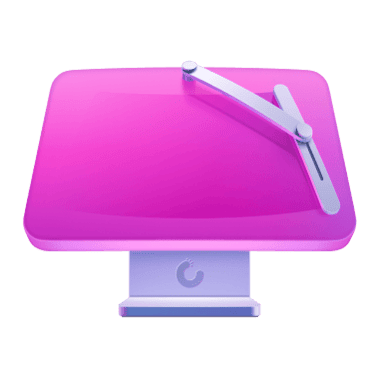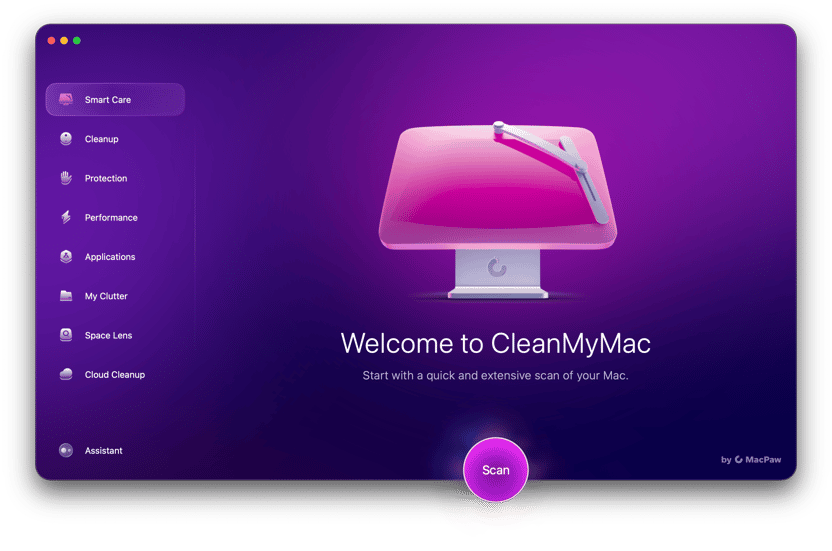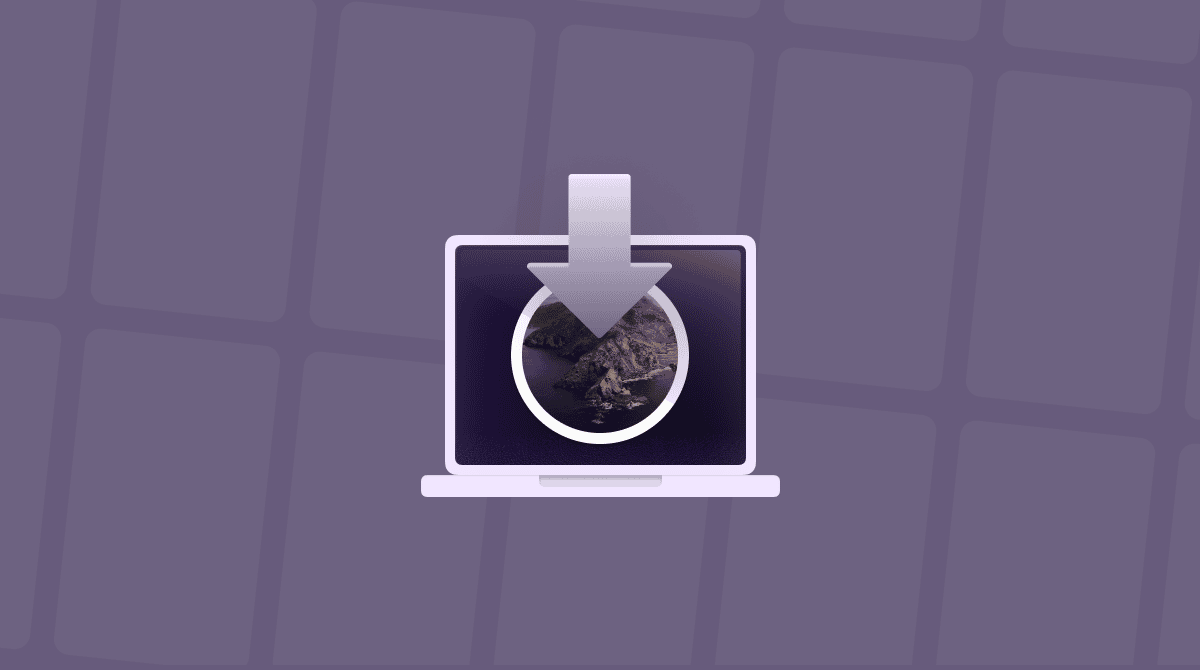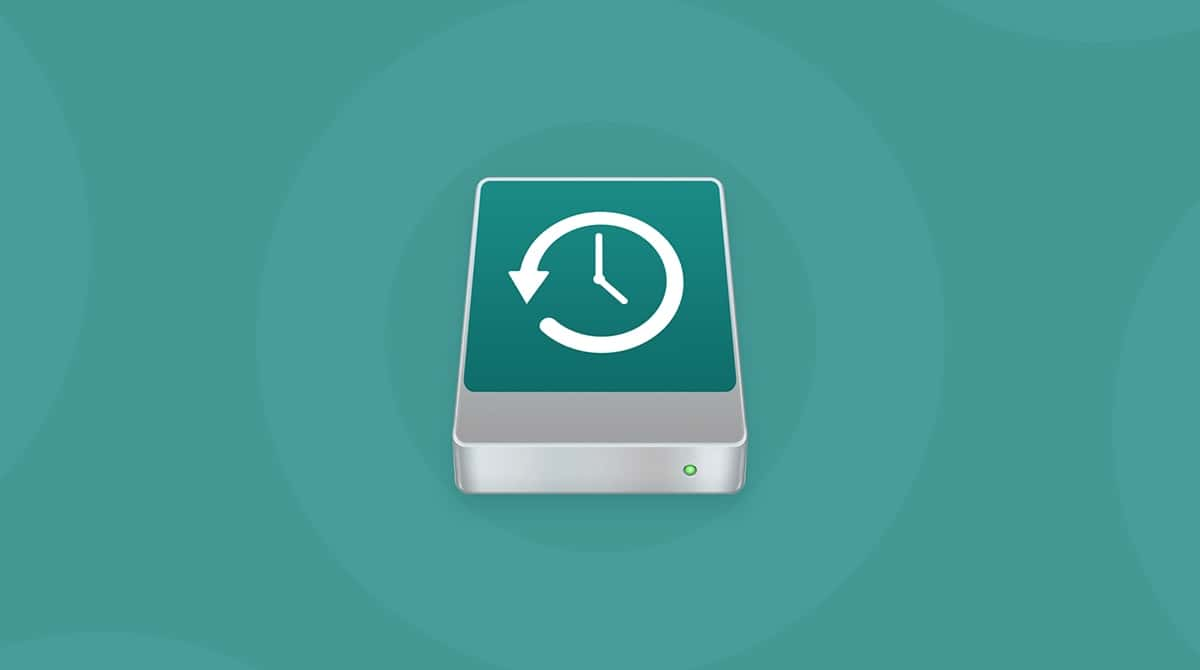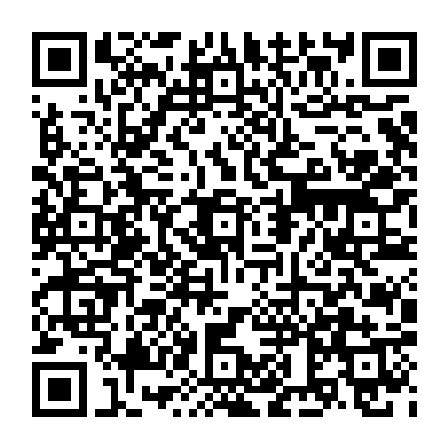For the first 20 years or so of its life, Mac was infamous for having only a single button on its mouse. That meant there was no way to right-click on a Mac mouse. However, you could achieve the same thing by pressing the Control key and clicking the mouse button. The Control-click was Mac’s right-click. On websites and applications that support right-click, Control-clicking still achieves the same thing on Mac as right-clicking does on a PC mouse.
Fast forward several years, and Apple mice still don’t have the right button. In fact, they don’t have any buttons at all. And neither do the trackpads on MacBook, MacBook Air, or MacBook Pro. Now, however, macOS has support for right-clicking, or secondary clicking, as Apple calls it. And so, if you buy a third-party mouse with a right button, you’ll be able to use it to, for example, pull up a contextual menu.
How to right-click on a MacBook
Apple calls the function most people understand as a ‘right click’ a ‘secondary click.’ That’s because there are a number of options for performing the action. However, it amounts to the same thing. To set up the secondary click on a MacBook, MacBook Air, or MacBook Pro, do the following:
- Go to the Apple menu and choose System Settings > Trackpad.
- In the Point & Click tab, check the menu next to Secondary click.
- Click the button in this menu.
- Choose Click with Two Fingers, Click in Bottom Right Corner, or Click in Bottom Left Corner.

If you prefer tapping to clicking on the Trackpad, enable Tap to click. You’ll notice that in the Secondary click options, ‘Click with two fingers’ has changed to ‘Click or Tap with Two Fingers.’
While you’re in the Trackpad pane, you can also configure the Tracking Speed of the pointer — that is how quickly the pointer moves across the screen as you move your finger on the trackpad. Just move the slide right to make it go faster or left to make it go slower.
You can also configure the gestures for scrolling and zooming as well as gestures for other features, such as Mission Control, App Exposé, and Notification Center — you can find these settings in the neighboring tabs.
You might find that after you’ve configured the secondary click, the option you’ve chosen doesn’t suit you — you might invoke it accidentally, or it might be uncomfortable to use. If so, just go back to System Settings and choose another option.
How to right-click on a Mac mouse
Apple’s Magic Mouse may not have a visible right button, but underneath that sleek white shell, it can differentiate between a left click and a right click, in the same way as the trackpad on a MacBook. Here’s how to configure the right, or secondary, click on a Mac mouse:
- Go System Settings from the Apple menu or by clicking it in the Dock.
- Navigate to Mouse.
- Click on the Point & Click tab.
- Click the button in the menu next to Secondary click.
- Choose ‘Click Right Side’ to enable right-click on a Mac mouse.
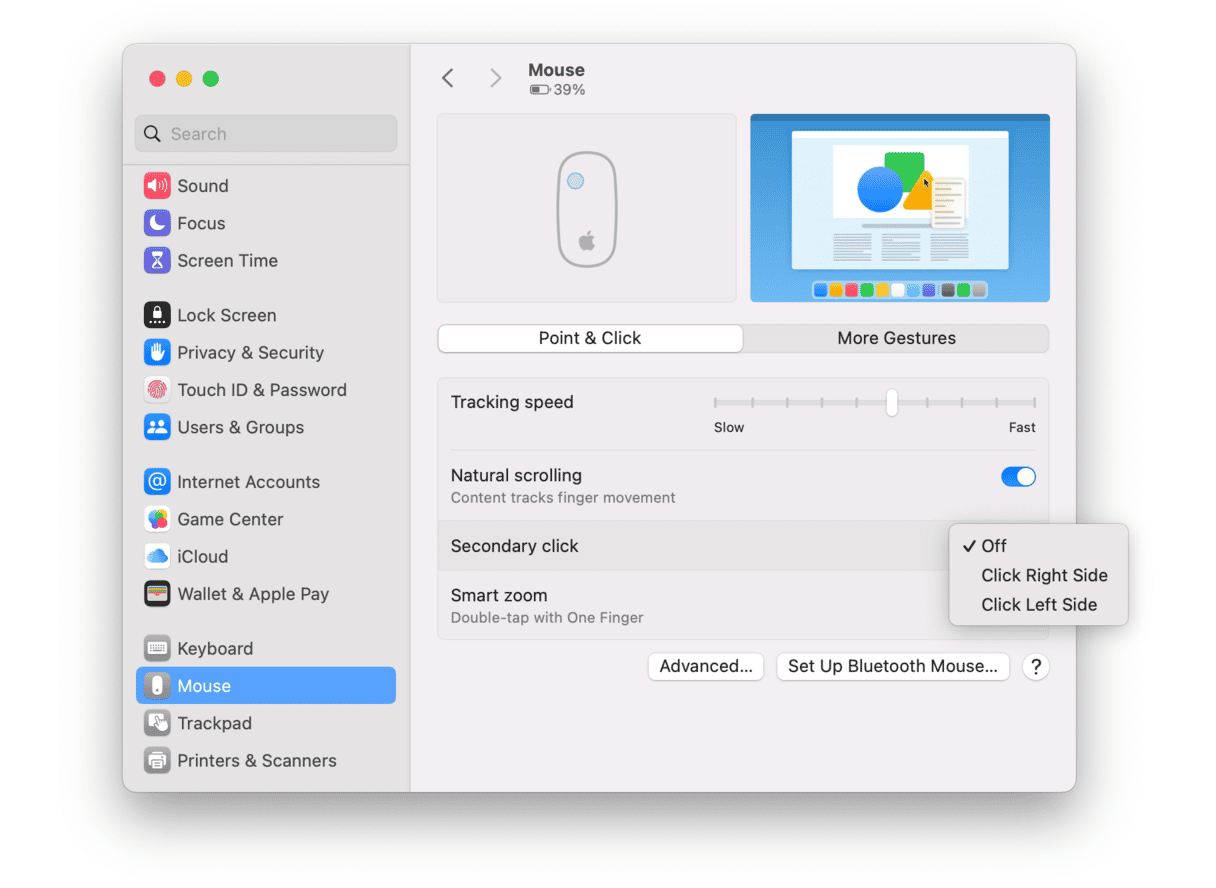
Note: If you have an Apple mouse, you can have the left side as the secondary click and the right side as the regular click. To enable that, just select ‘Click Left Side’ instead.
While you’re in the Point & Click tab, you can use the slider to adjust the tracking speed of the mouse.
How to change the speed of double-clicking your mouse
For most of us, the default speed for double-clicking a mouse button works just fine. But for some users with different requirements, an adjustment may be needed. You can change the length of time macOS waits for a second click in order to register a double-click, which is useful if you have difficulty moving your fingers quickly.
To adjust the double-click speed, do the following:
- Go to System Settings > Accessibility.
- Click Pointer Control under Motor — you may need to scroll down.
- Drag the slider next to ‘Double-click speed’ to the left to make macOS wait longer for the second click.
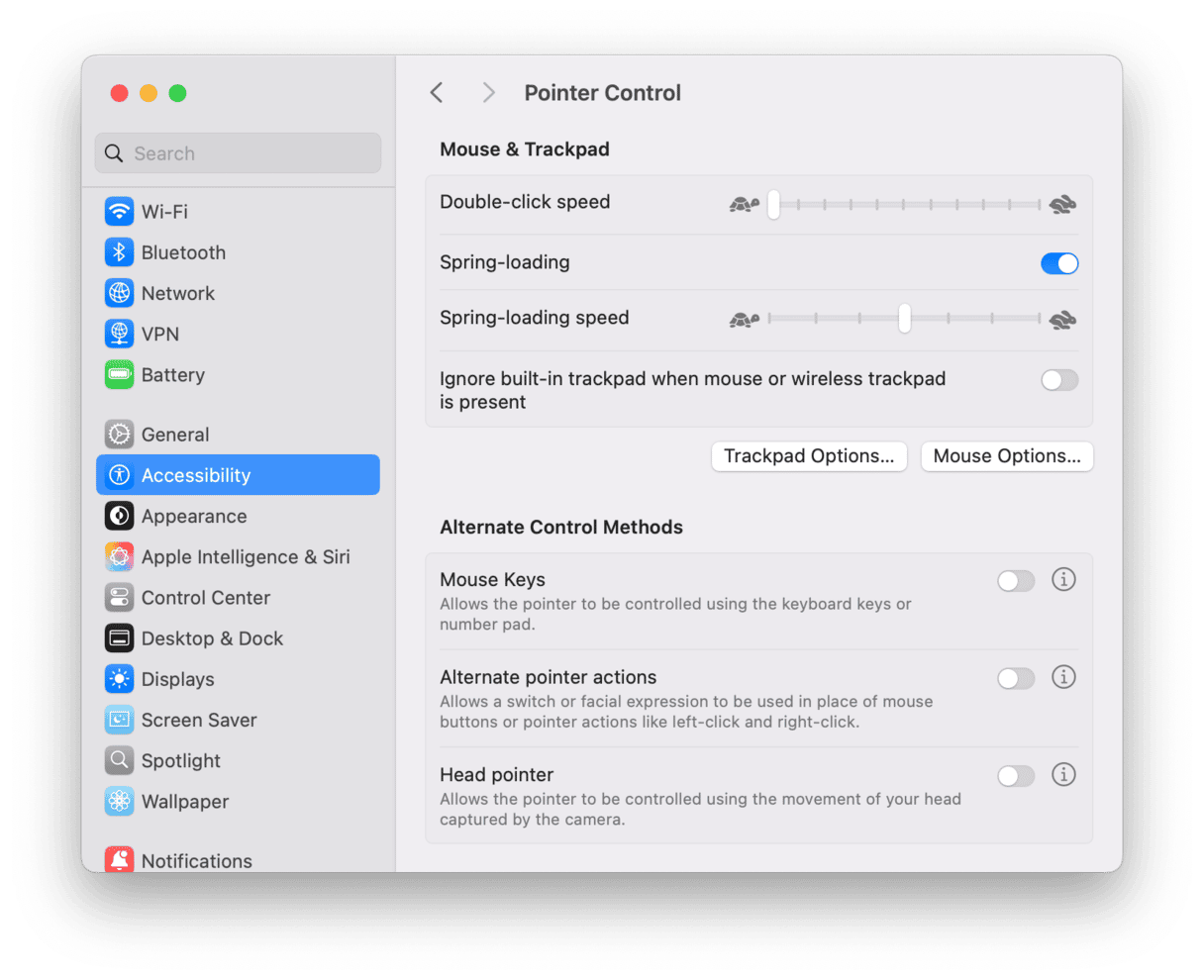
While you’re there, you can also change the delay that occurs when you drag a file over a folder and wait for it to spring open automatically. If you find that if you drag files over folders, and the folders spring open unintentionally, you can slow down the spring load speed. Or if you find that you have to wait too long when you want a folder to open, you can do the opposite. Drag the slider next to ‘Spring-loading speed’ to the left to make the folder open quickly or to the right for a longer delay.
Pro tip: The Mac right-click function is managed using the Trackpad, Mouse, and Accessibility System Settings. These are all standard macOS System Settings. However, third-party apps and plug-ins also install their own panes sometimes. Mostly, that’s fine — it’s the way you control the app or plug-in. You can remove these panes by deleting the app completely. Complete app removal means not only dragging an app binary to the Trash but also deleting all app-related files by finding them in /Library and ~/Library
If you want an easy way to remove apps, you can use CleanMyMac’s Applications tool to uninstall them safely. Here’s how:
- Get your free CleanMyMac trial.
- Click Applications > Scan > Manage My Applications.
- In the Uninstaller tab, select the app or apps you want to remove and click Uninstall.
- Done!✅
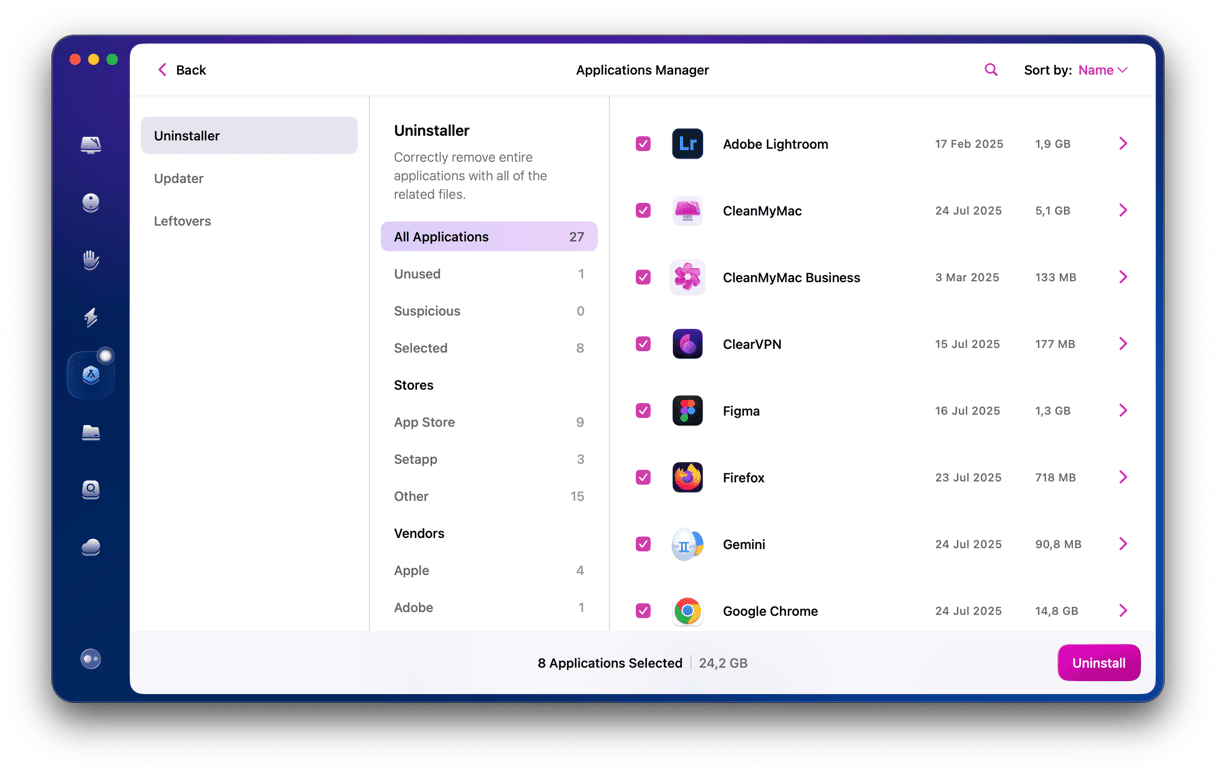
As you can see, it’s very easy to right-click on a Mac and configure how the click works using System Settings. We suggest that you try different settings to find which one works best for you.



